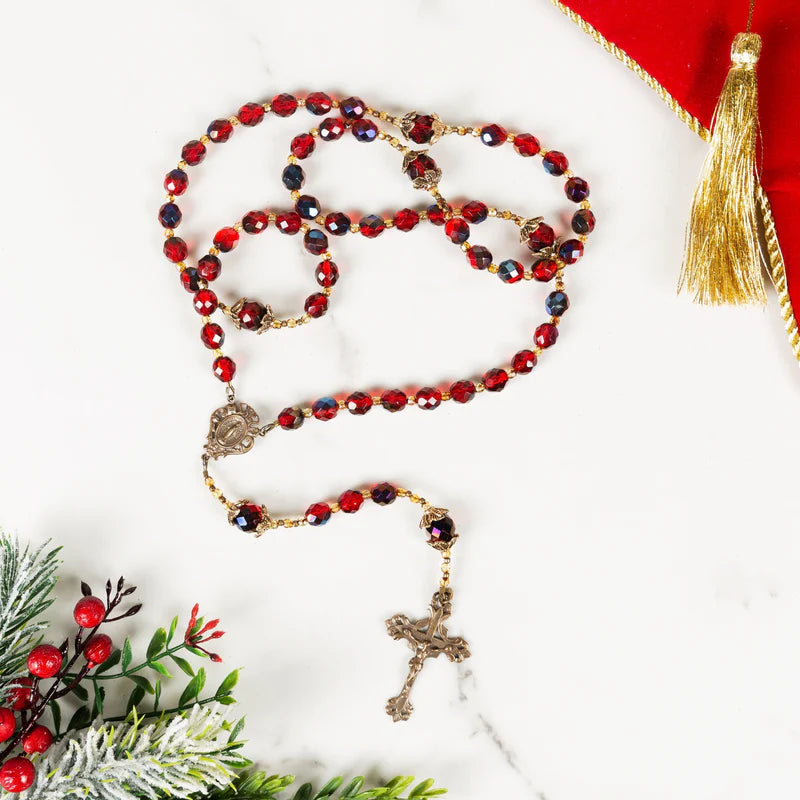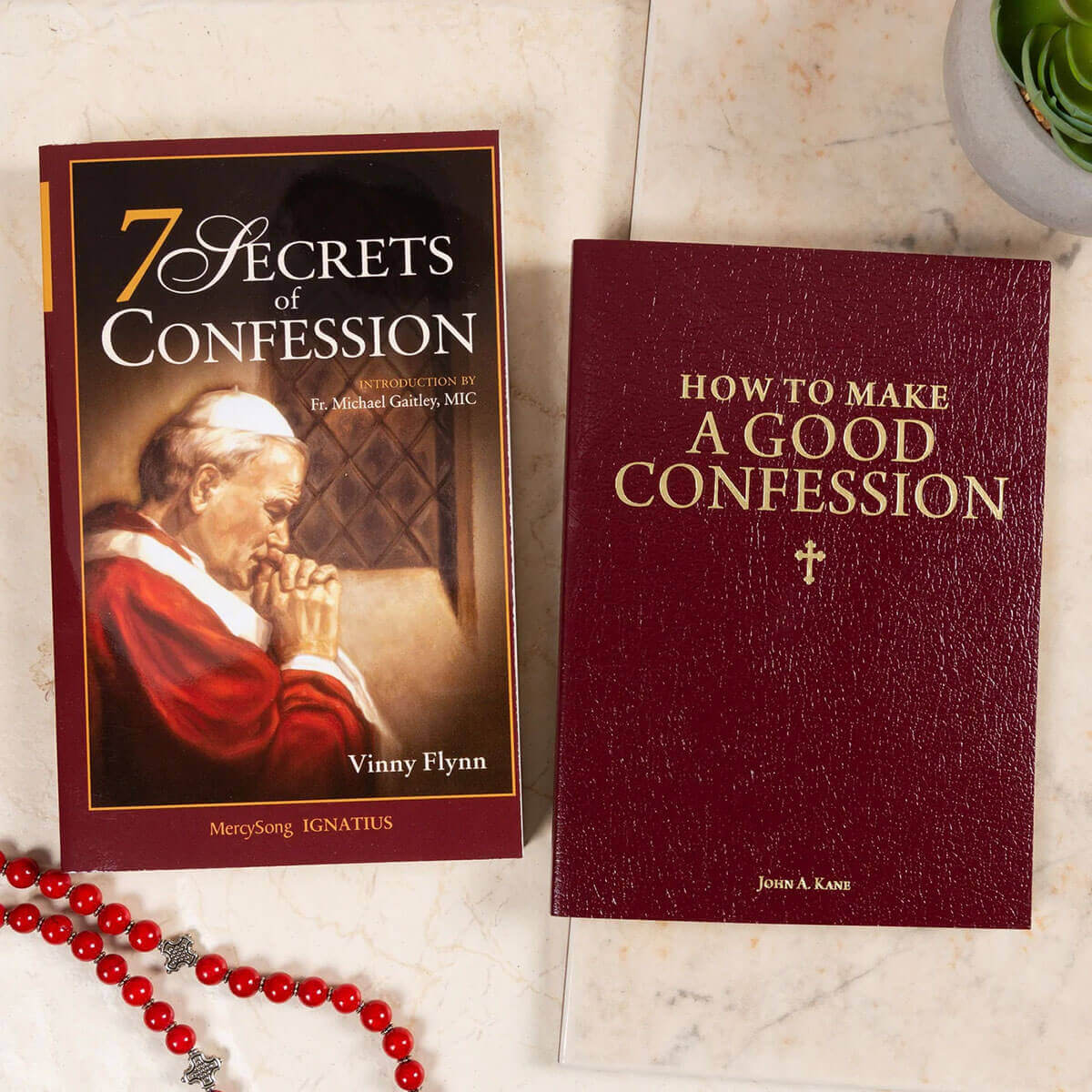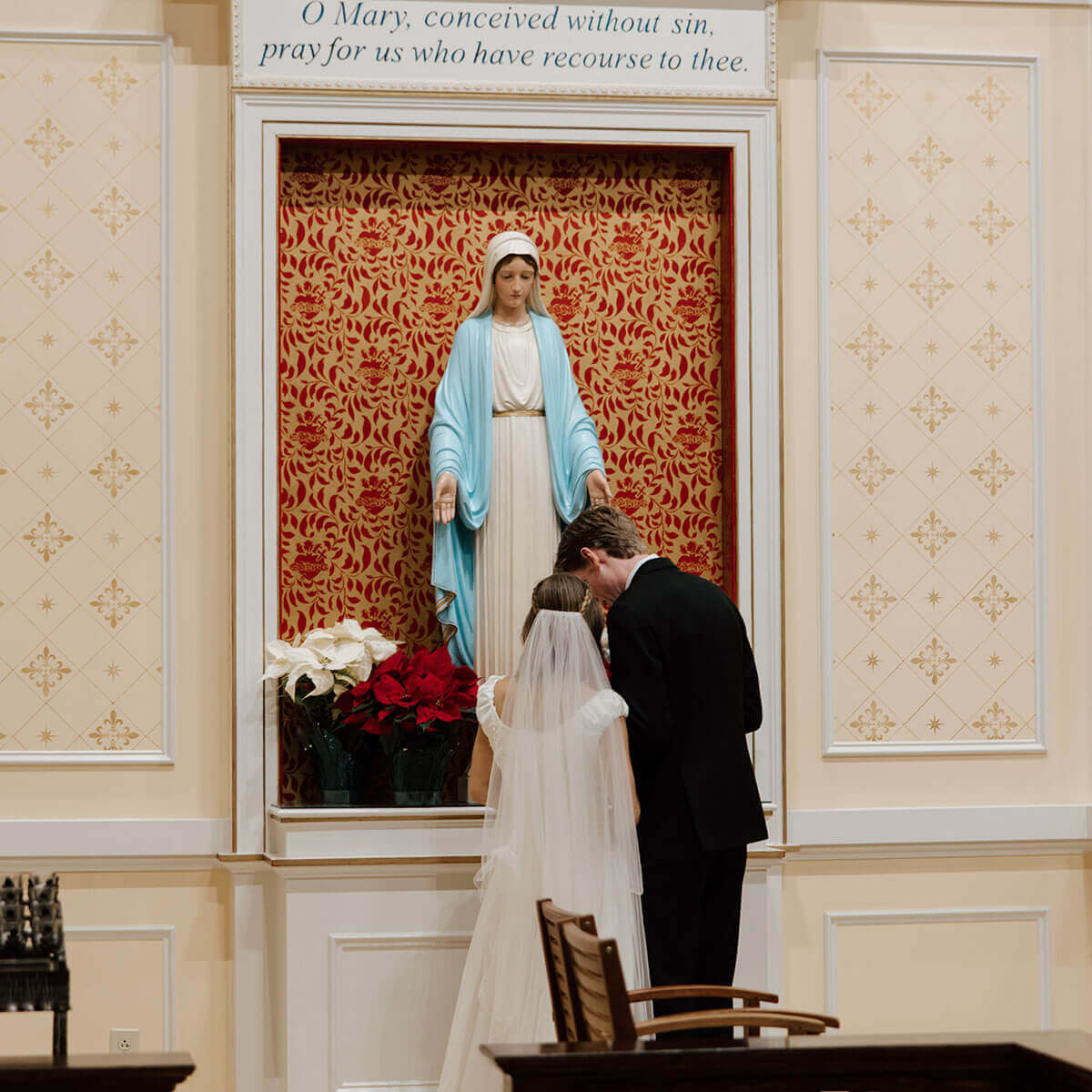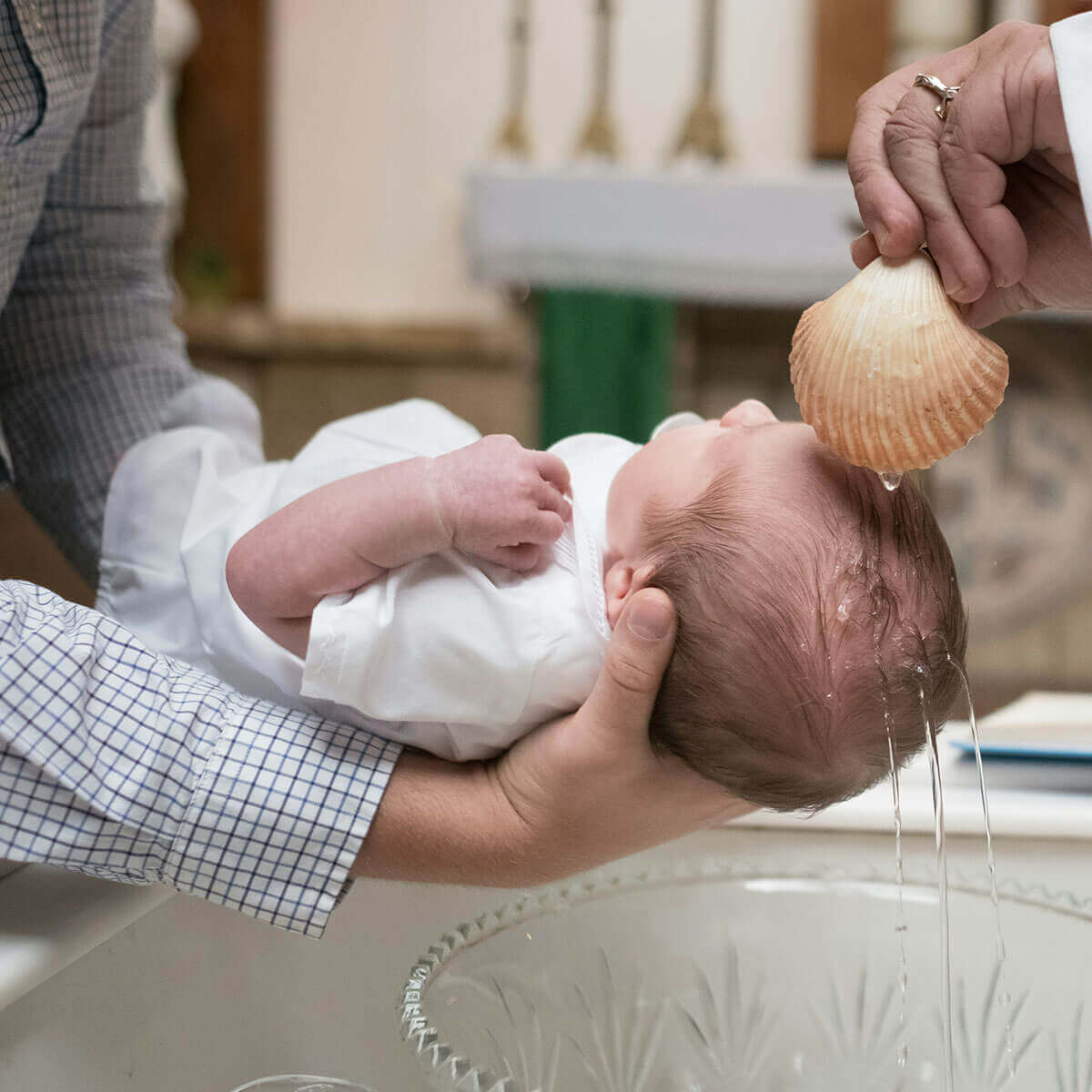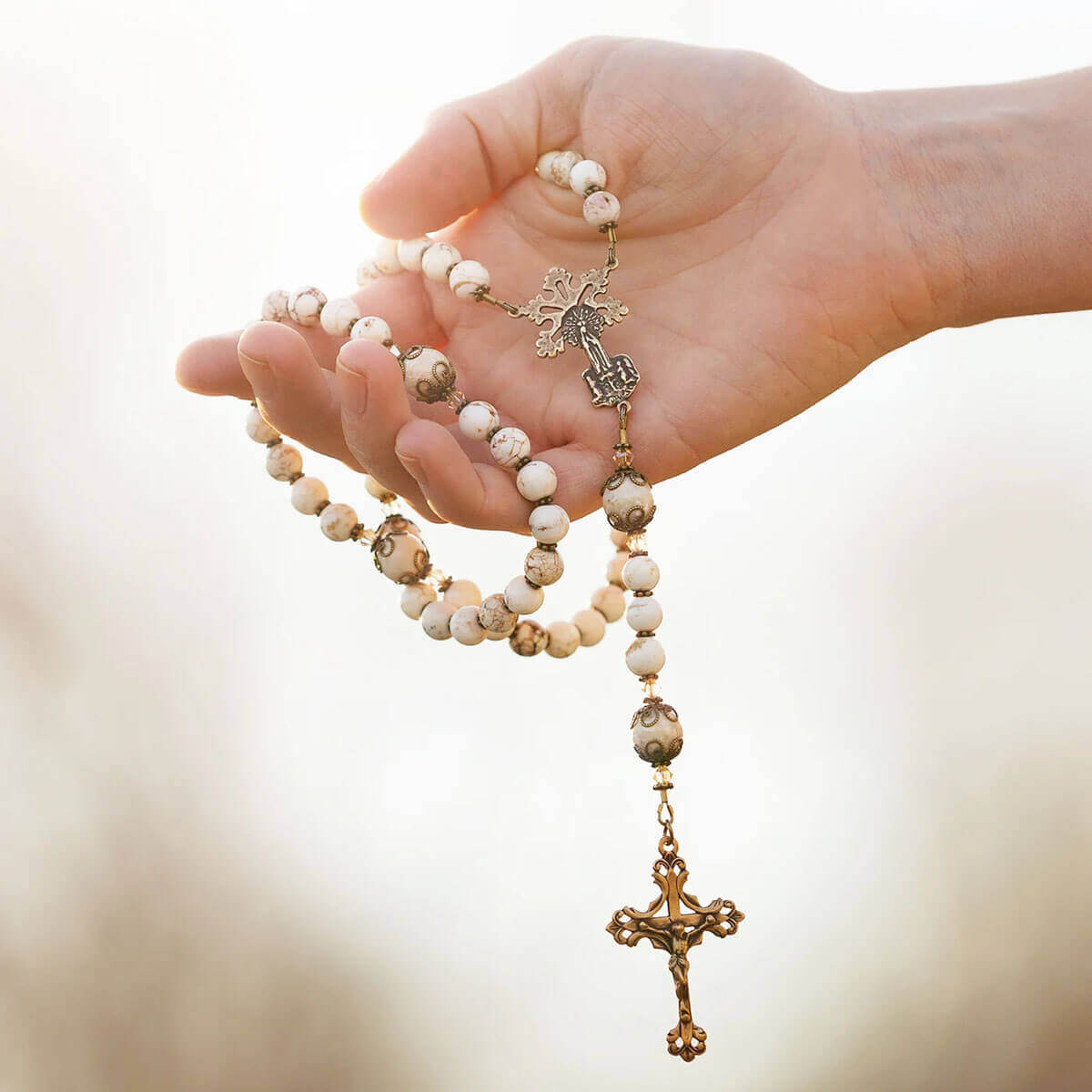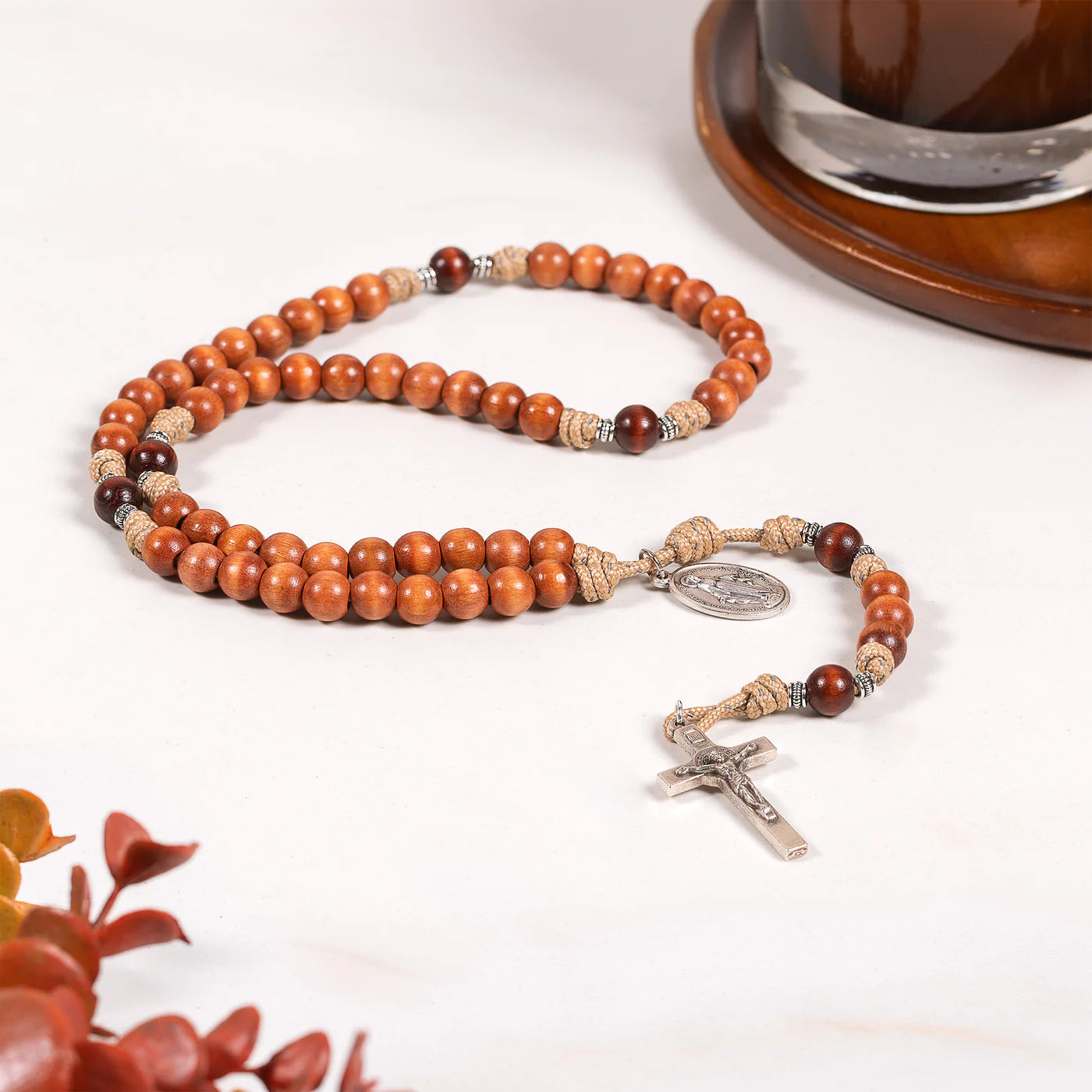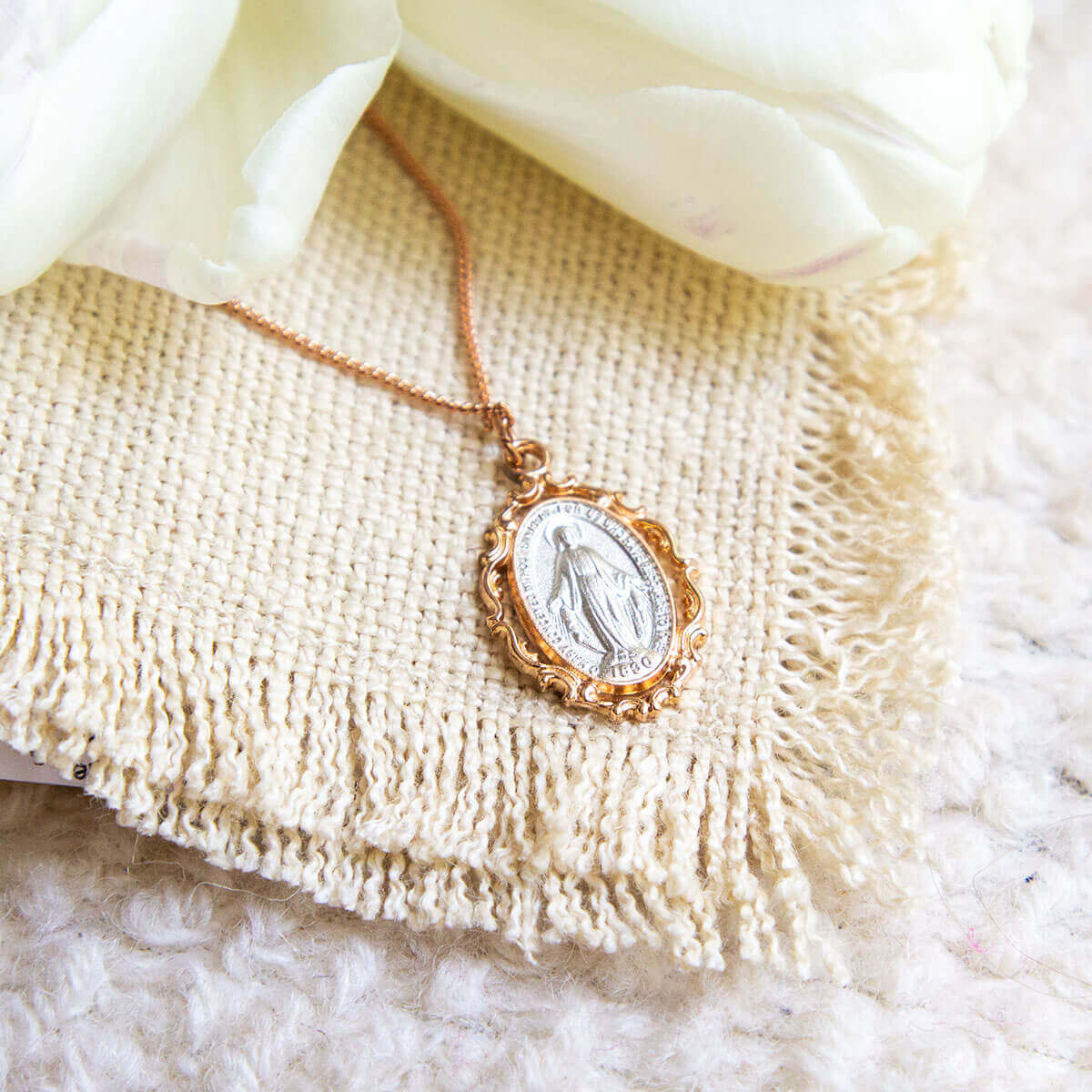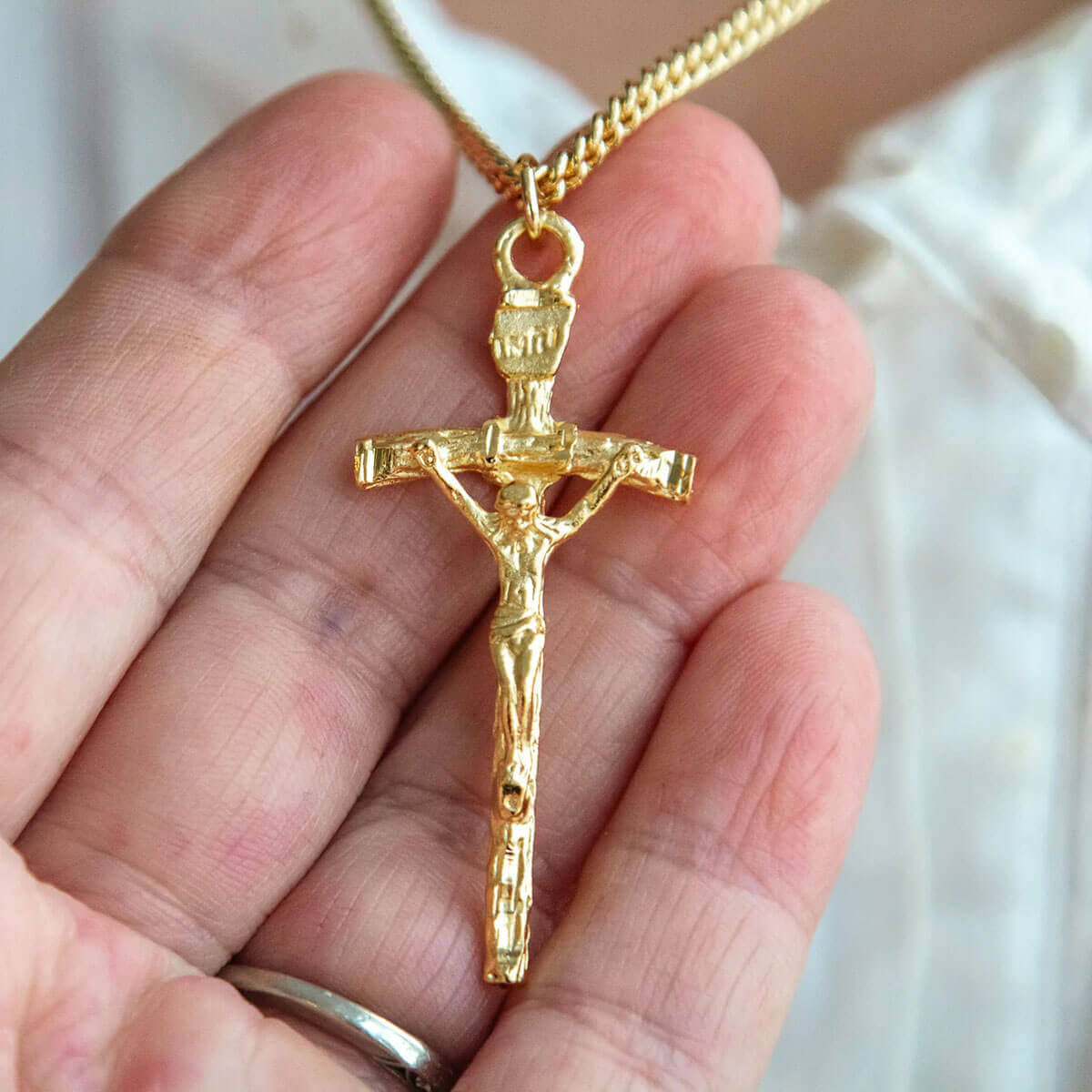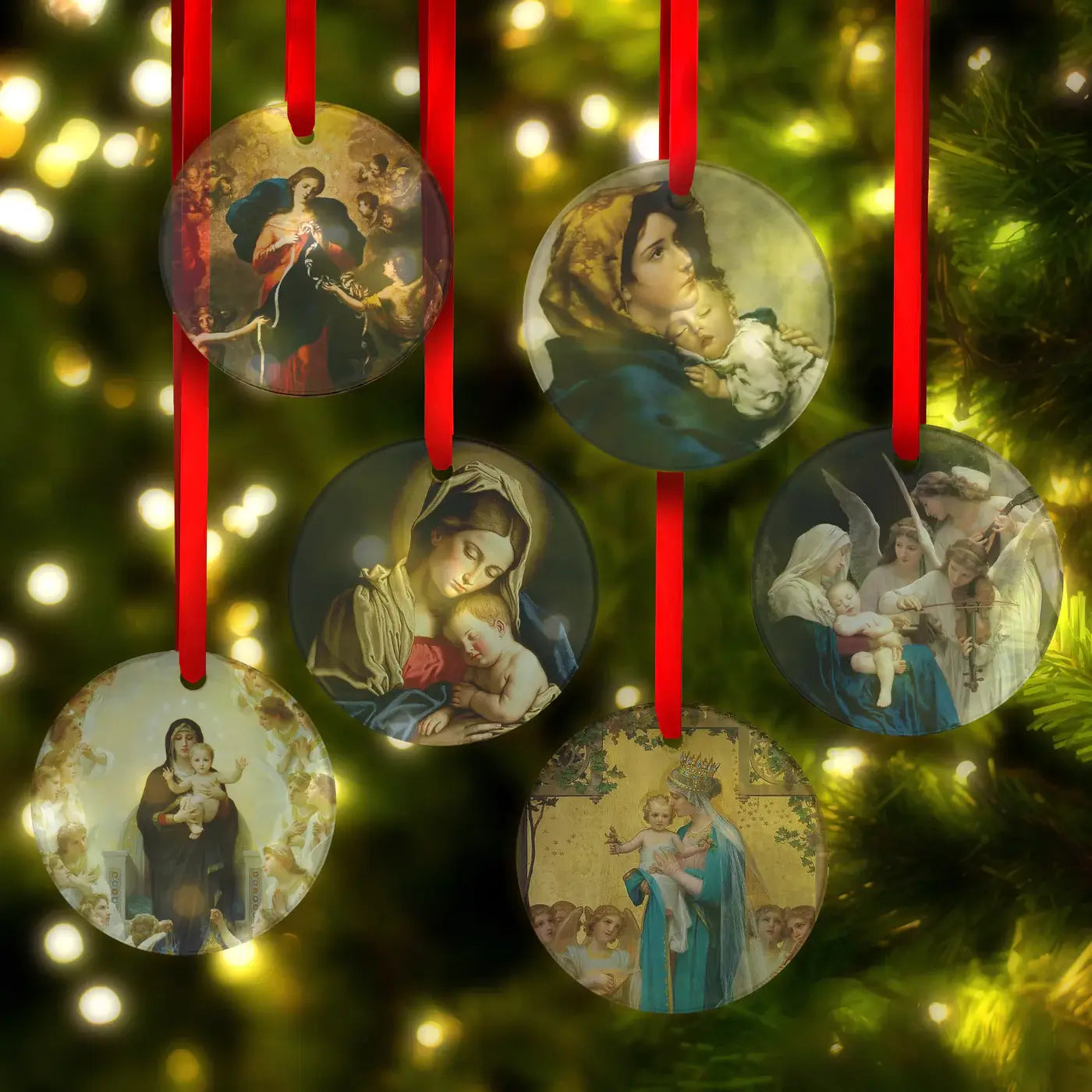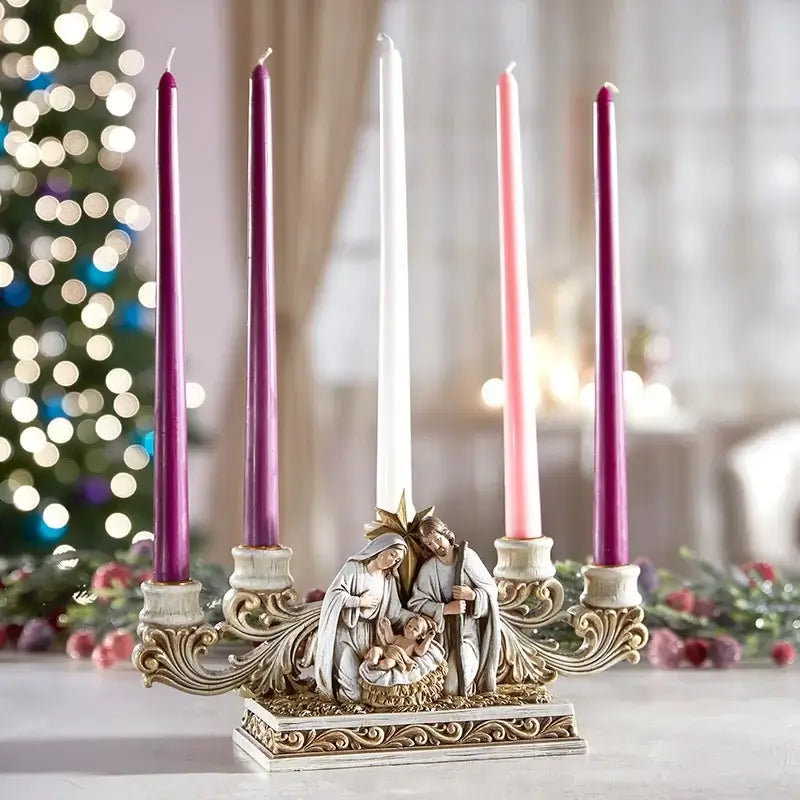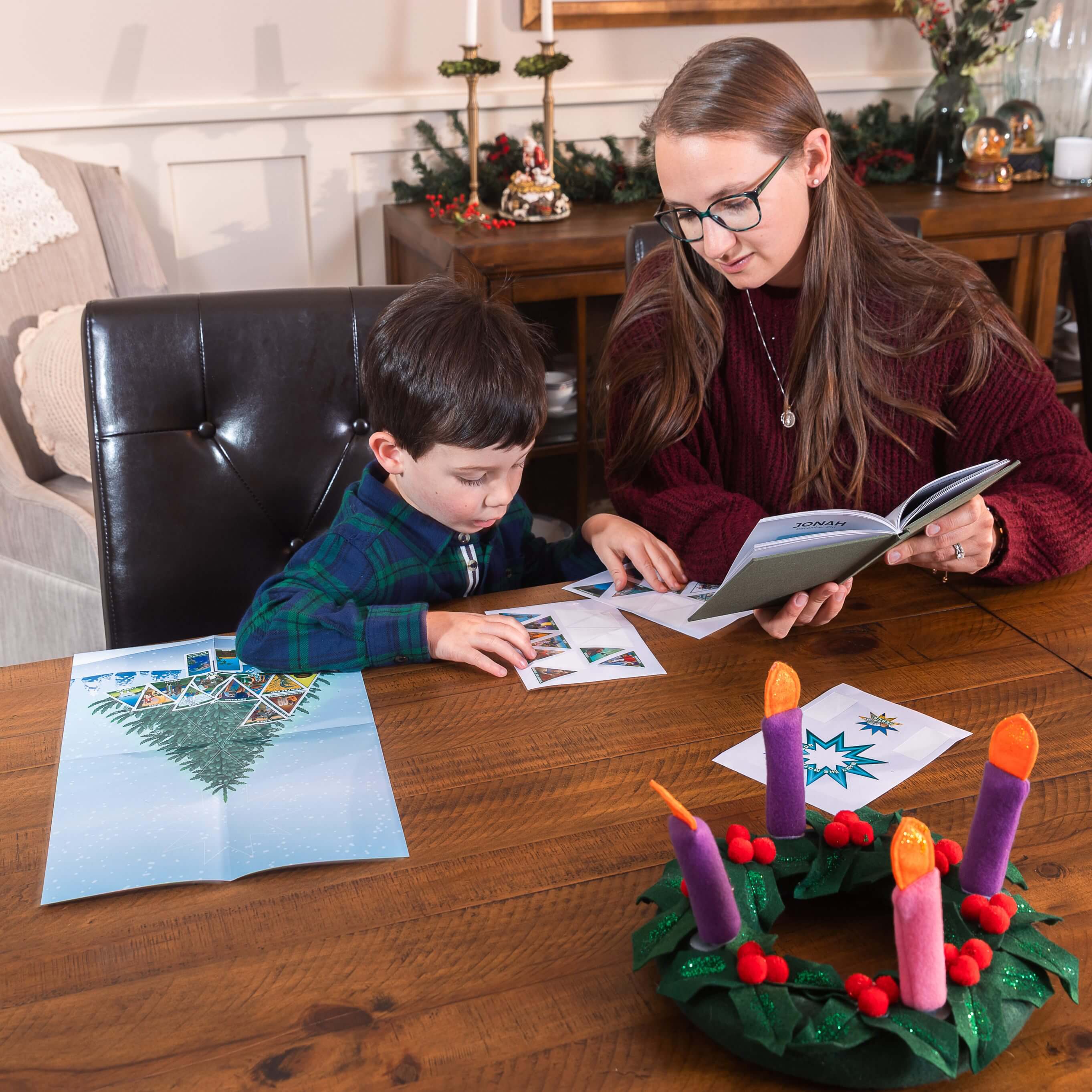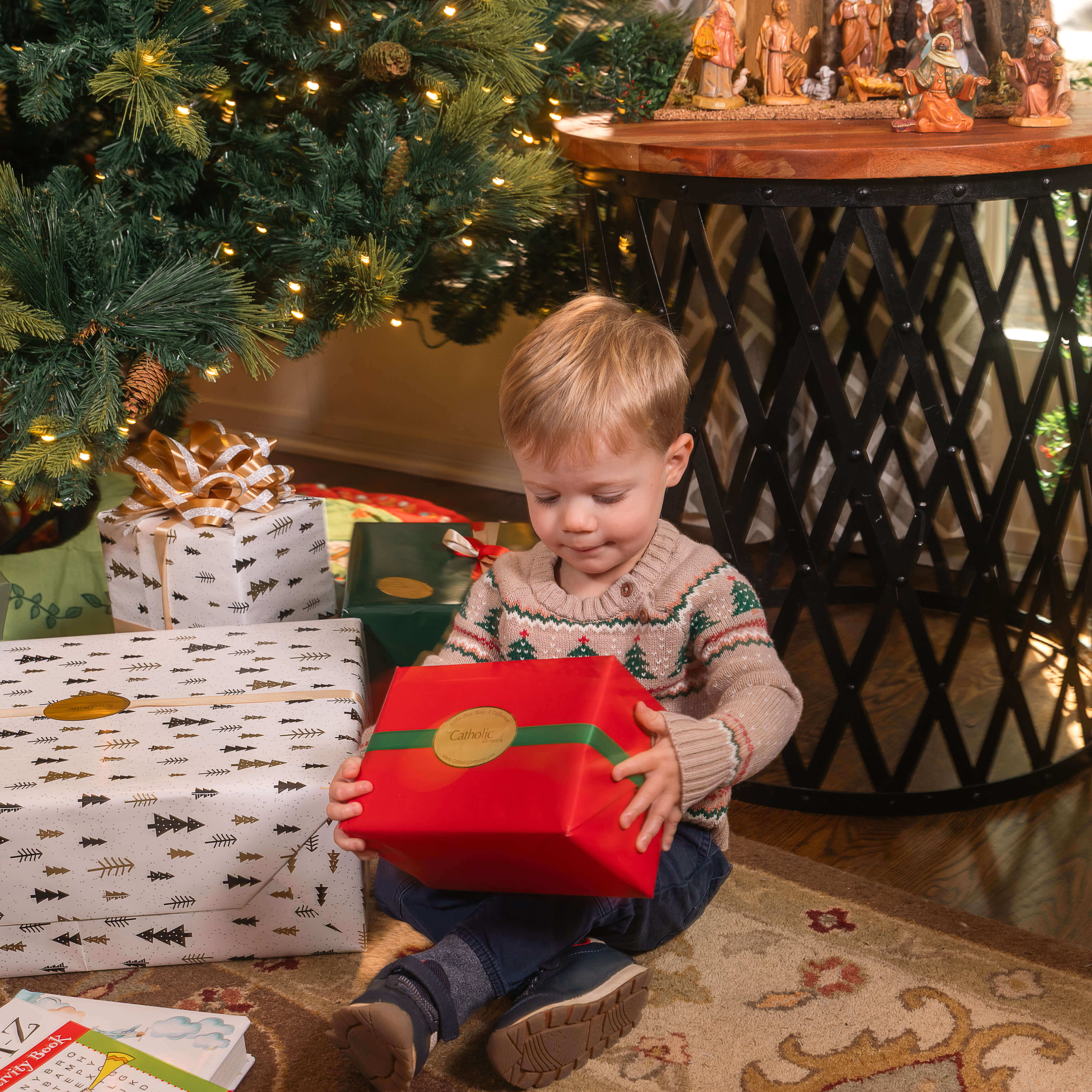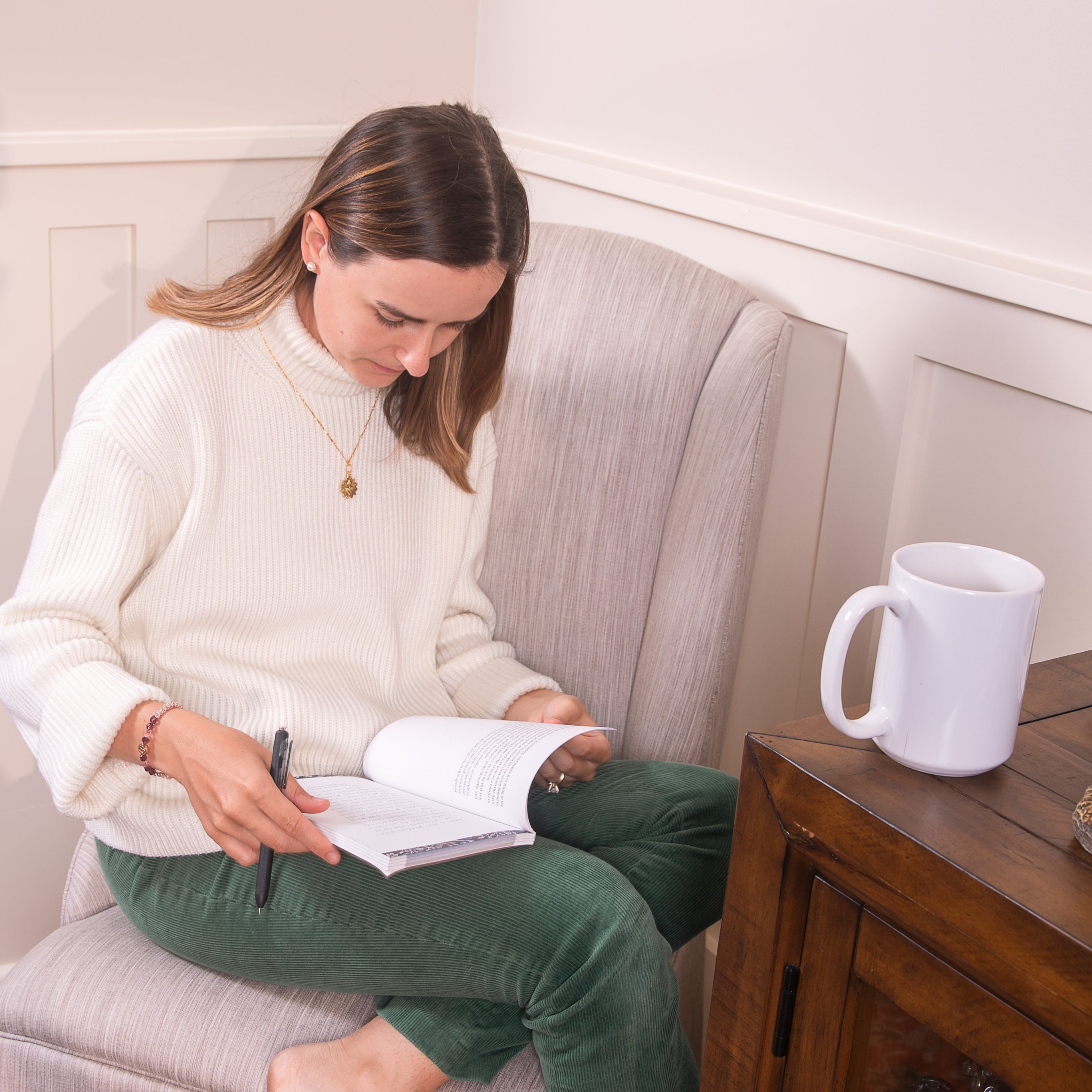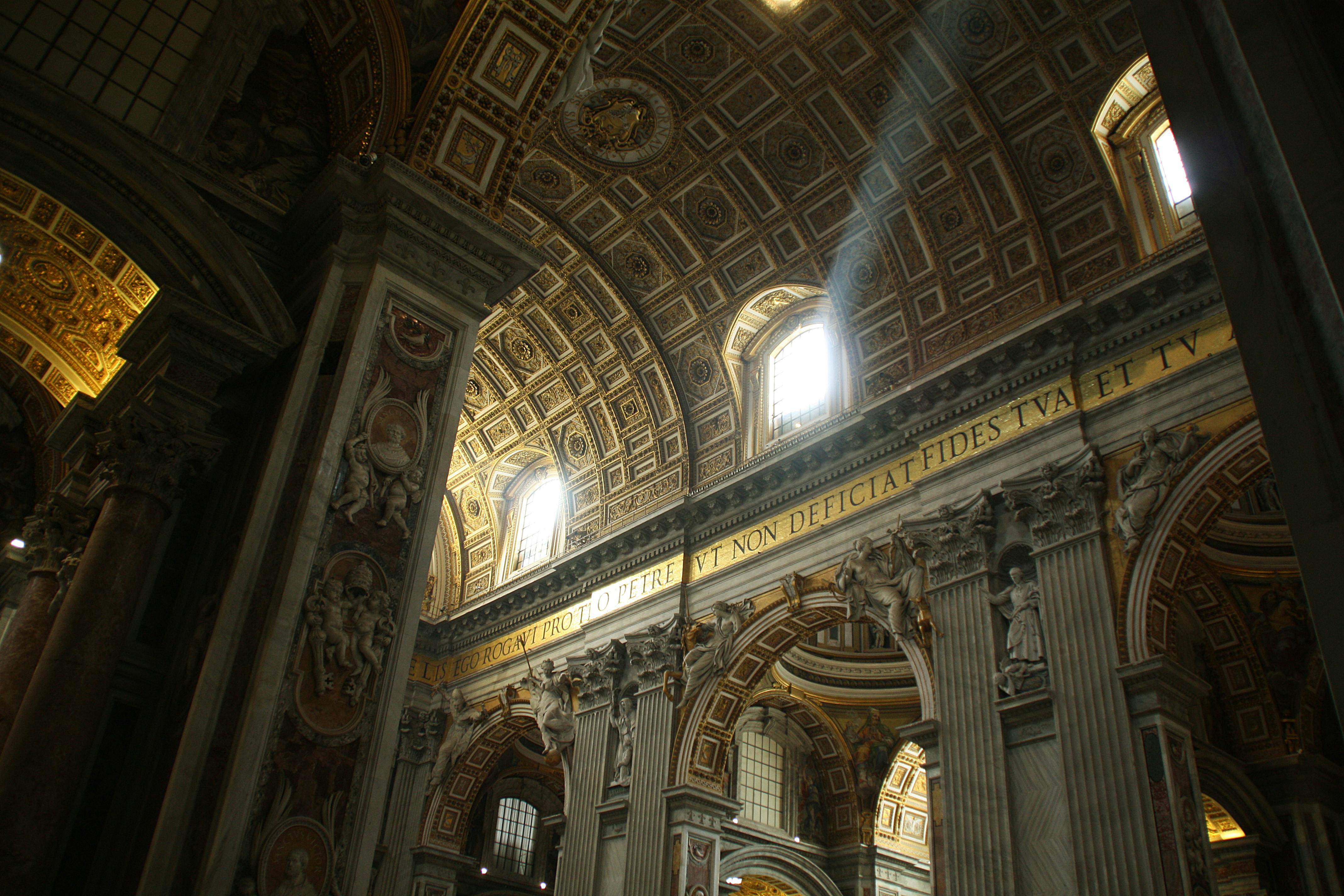The College of Cardinals are gathering in Rome and on May 7th will begin the conclave which will elect the new Pope, the successor of Pope Francis.
The conclave is the gathering of cardinals eligible to vote in the election of a new Pope. All cardinals under the age of 80 at the time of the sede vacante are eligible to vote. The cardinals are strictly shut out from the outside word and from any outside communication. 'Conclave' means 'with key'; the cardinals are literally locked up until the election is complete. There will be 135 cardinals voting to elect the successor to Pope Francis. Of these, there are 10 Americans. These are:
-
Cardinal Blase J. Cupich – Archbishop of Chicago
-
Cardinal Timothy M. Dolan – Archbishop of New York
-
Cardinal Joseph W. Tobin – Archbishop of Newark
-
Cardinal Wilton D. Gregory – Archbishop of Washington, D.C.
-
Cardinal Robert W. McElroy – Bishop Emeritus of San Diego
-
Cardinal Daniel N. DiNardo – Archbishop of Galveston-Houston
-
Cardinal Seán P. O’Malley – Archbishop of Boston
-
Cardinal Kevin J. Farrell – Prefect of the Dicastery for the Laity, Family and Life
-
Cardinal Raymond L. Burke – Prefect Emeritus of the Apostolic Signatura
-
Cardinal James M. Harvey – Archpriest of the Basilica of St. Paul Outside the Walls
The Cardinals will vote in the Sistine Chapel. The Sistine Chapel is located in the Apostolic Palace, the official residence of the Pope in Vatican City. The cardinals gather together each day and simply begin voting by writing their choice on a ballot. They carry their ballot to the altar and place it in an urn. A series of votes takes place over the course of a few or many days, however long it takes until one cardinal obtains a 2/3 plus 1 majority. Three cardinals are chosen to count the votes while three other cardinals verify the counts. These men are selected at random once the conclave begins.
Three urns are used for the ballots. The first urn collects the ballots, the second urn will be used to collect the ballot of any cardinal confined to his room in case of illness, and the third urn is used to place the ballots after they have been verified. From this third urn the ballots are burned with fire, causing the traditional plume of smoke to rise from the famous smoke stack. Black smoke means no pope elected (no majority) and white smoke means there's a new pope in the house.
The newly elected Pope immediately chooses his new name, is dressed in his papal attire (which has already been made ready), the bells of St. Peter's are struck, and he is presented to the College of Cardinals who pledge their obedience to the new Pontiff. Then the new Pontiff is led to the famous apartment window where he will be shown to the world overlooking St. Peter's Square. The Pope then blesses the crowd gathered for the historic event.


